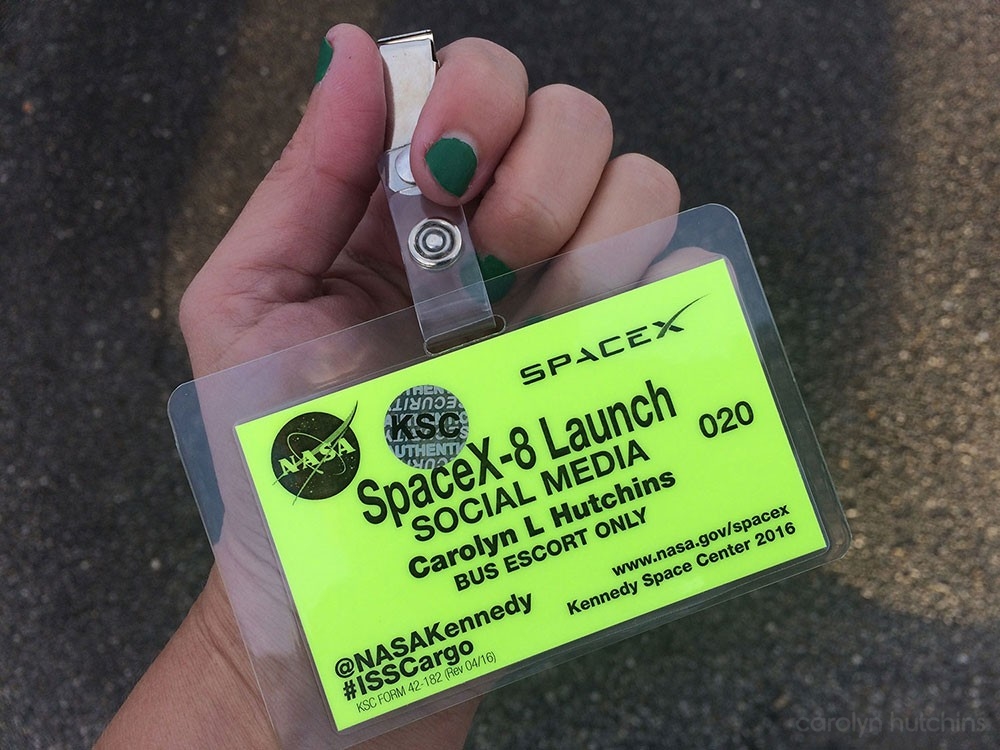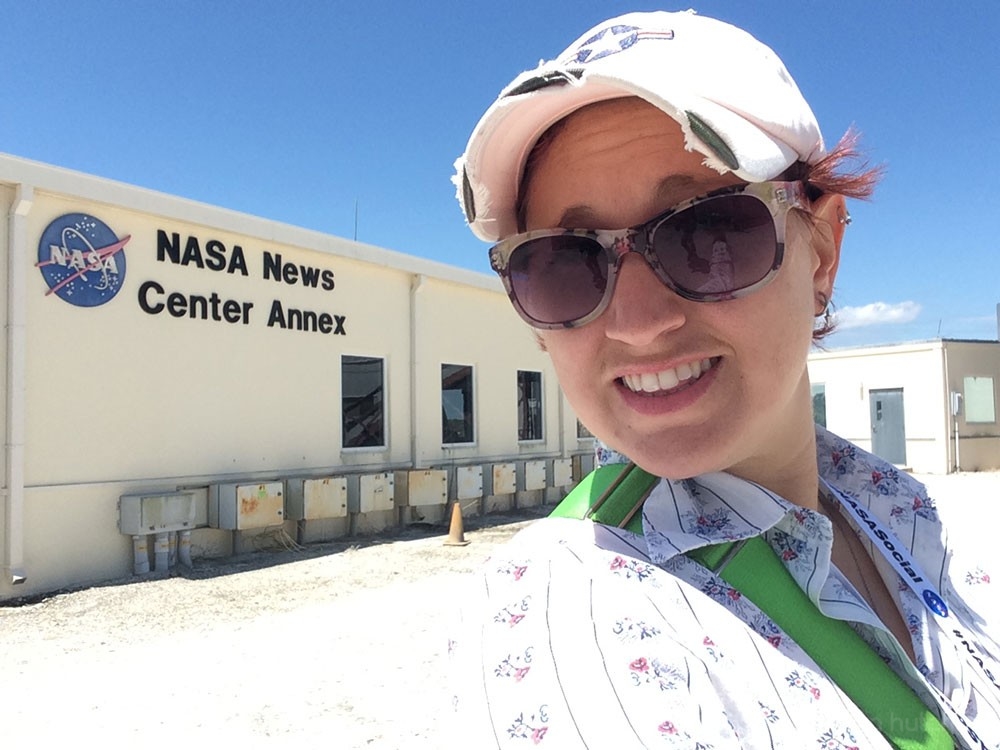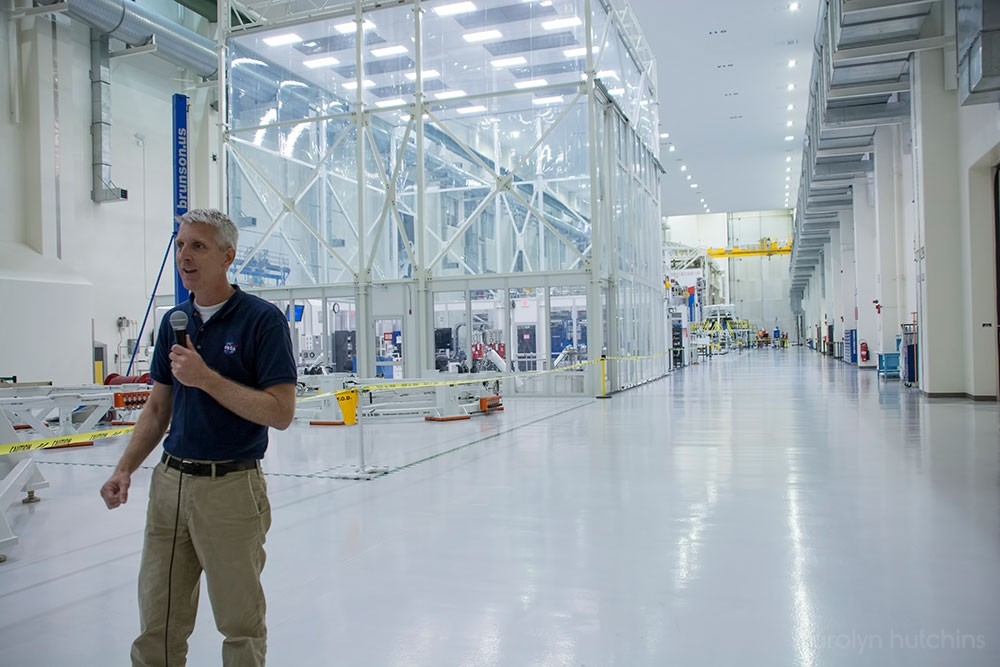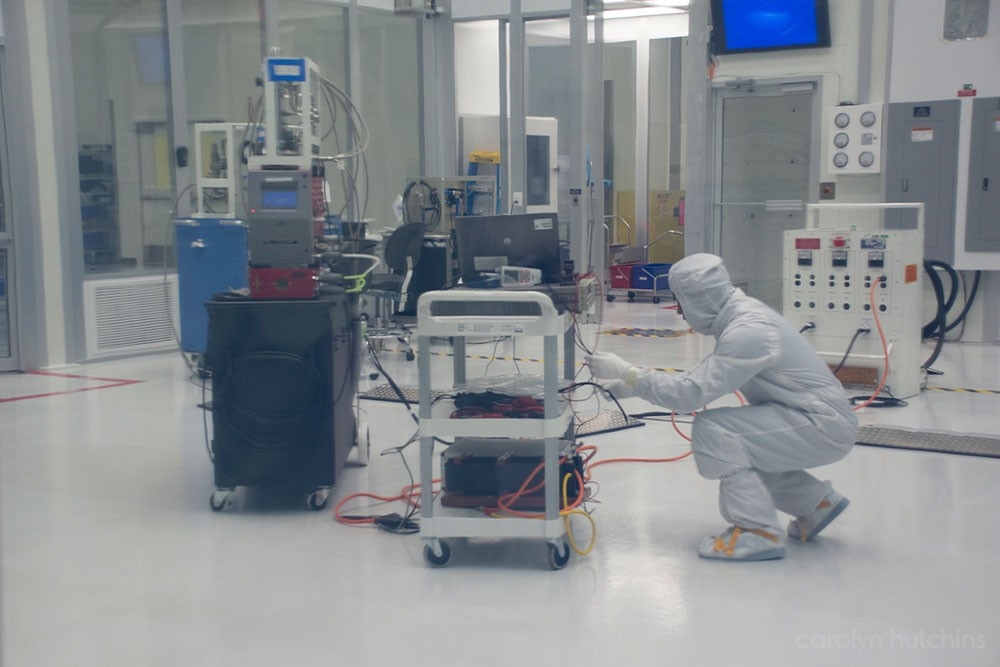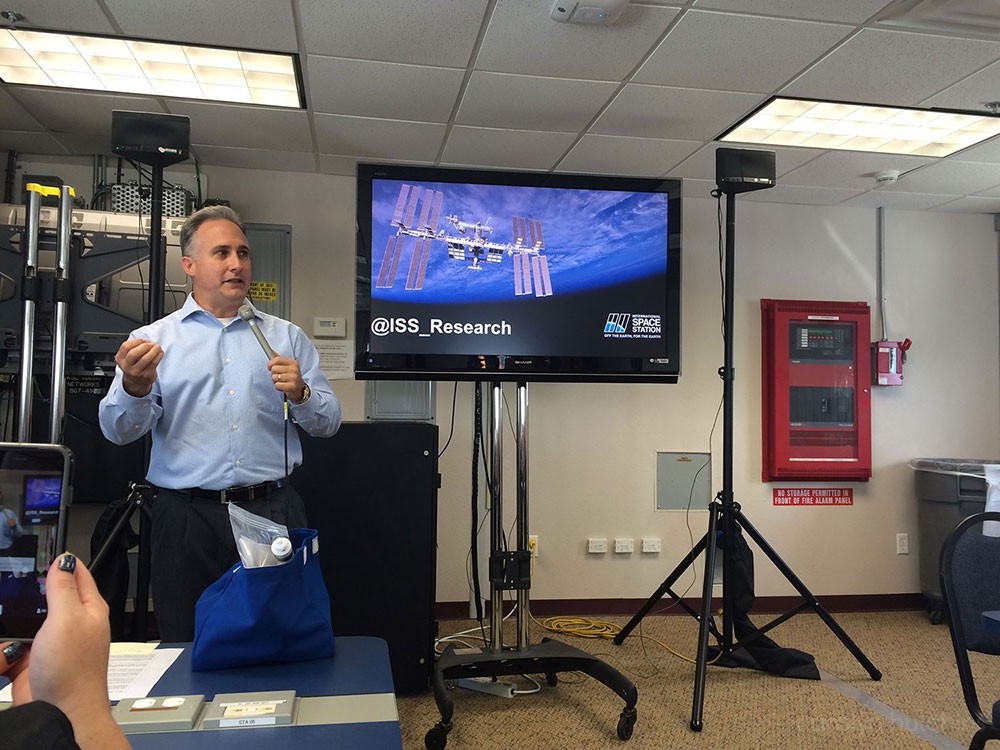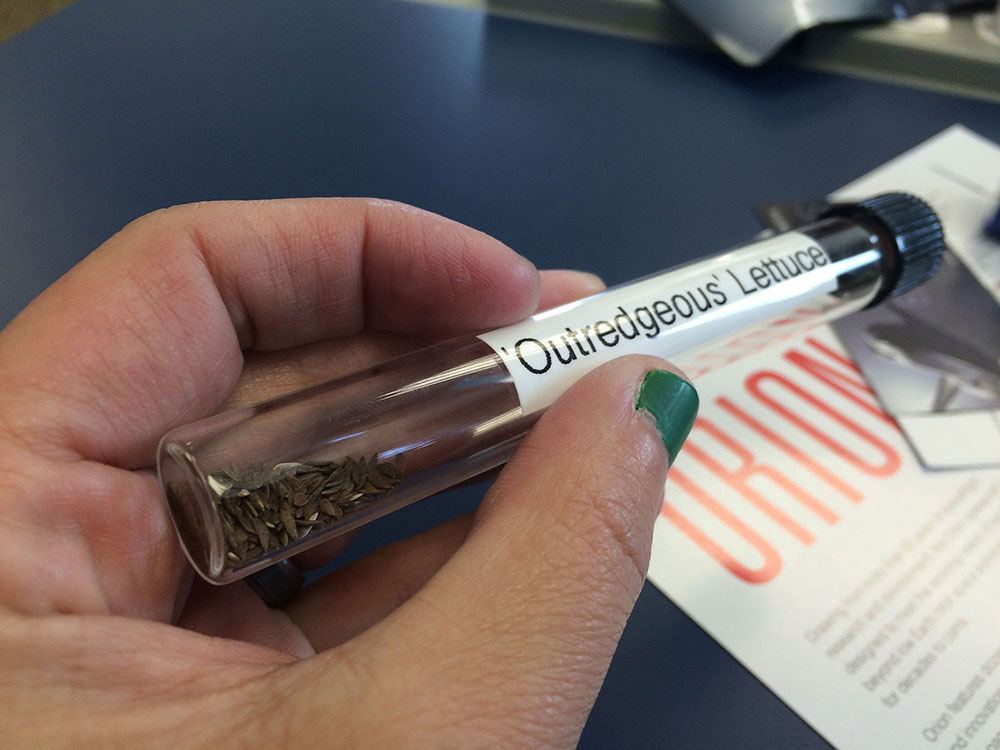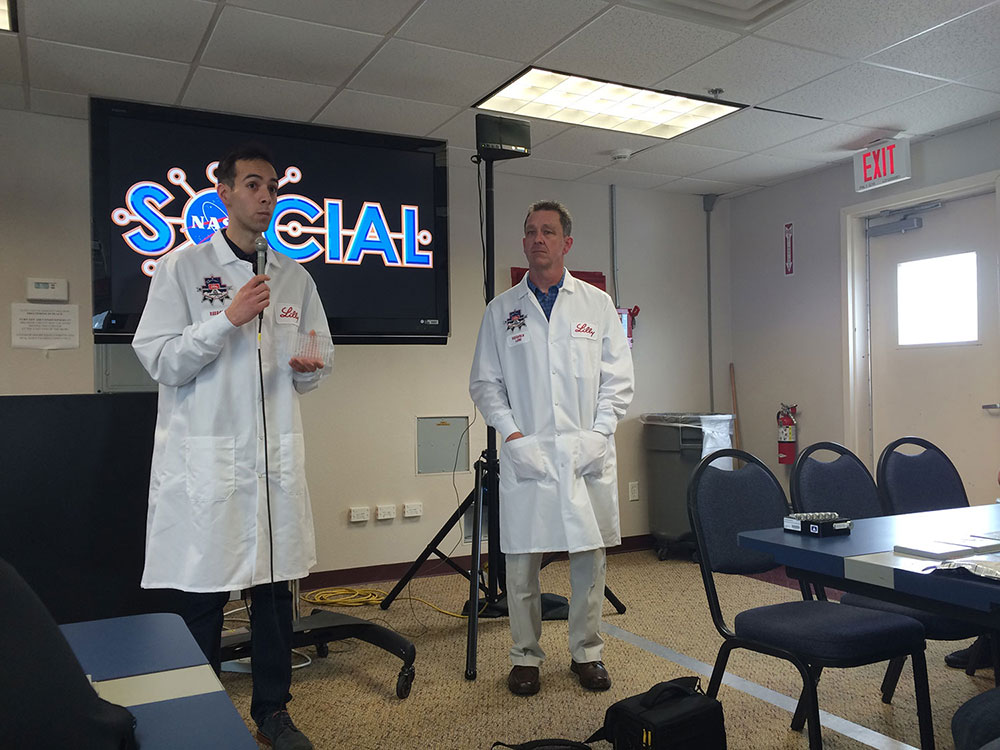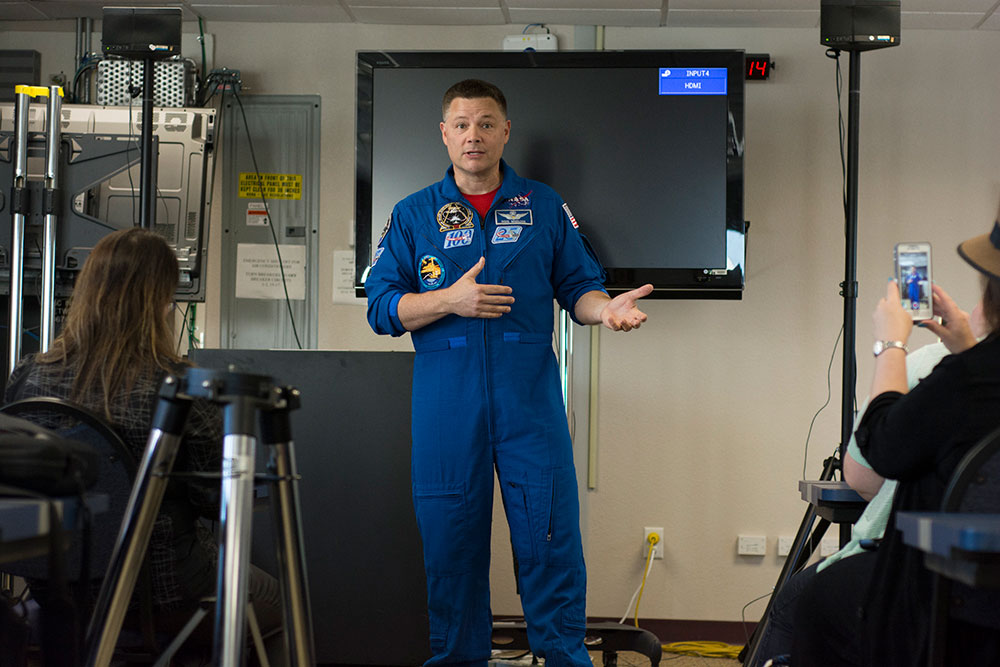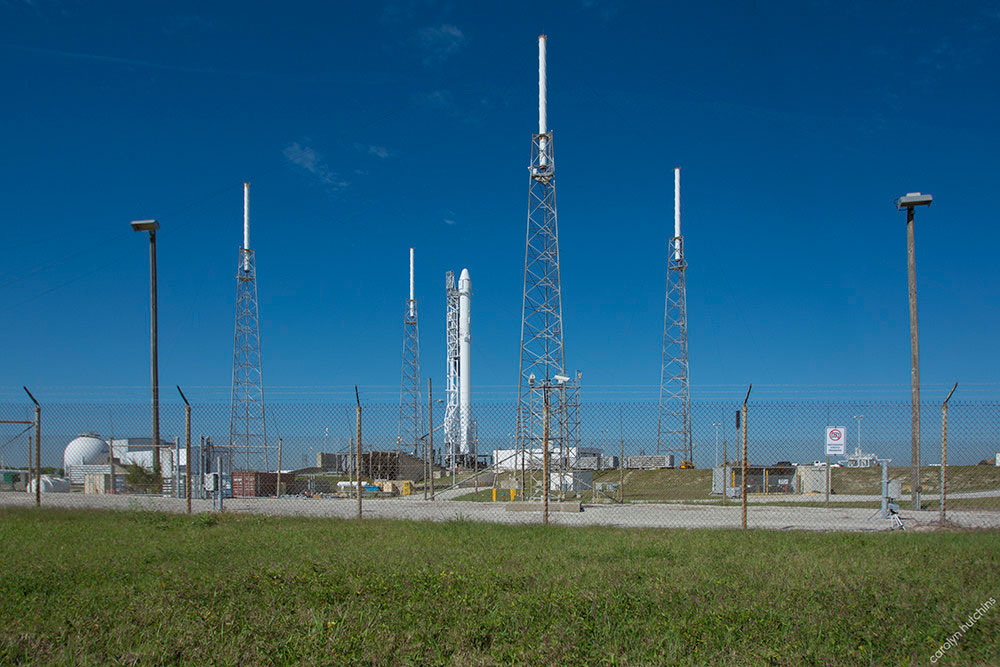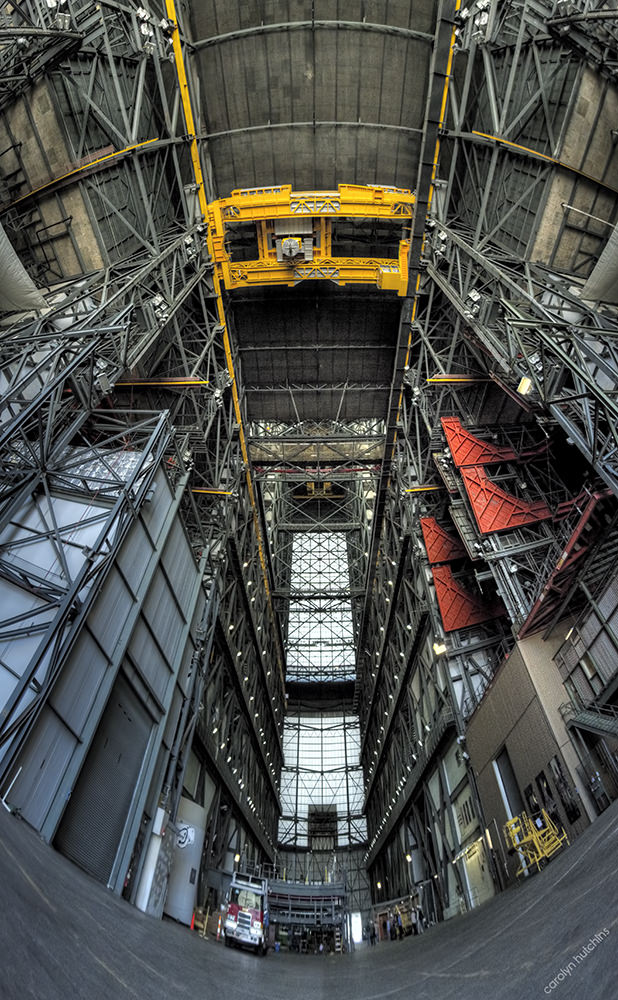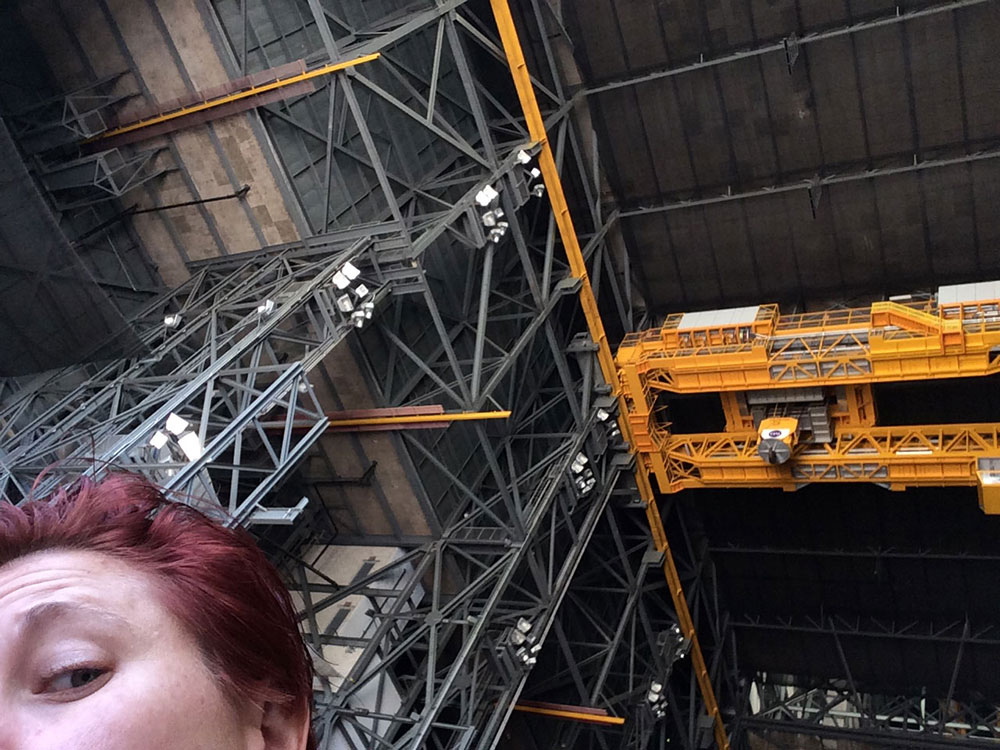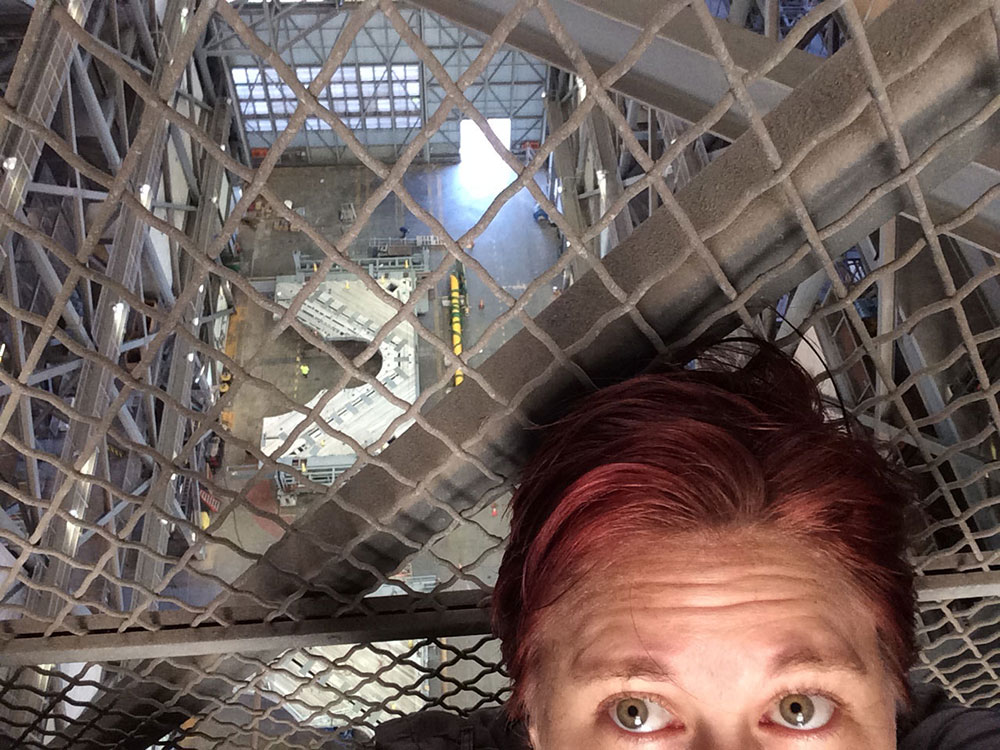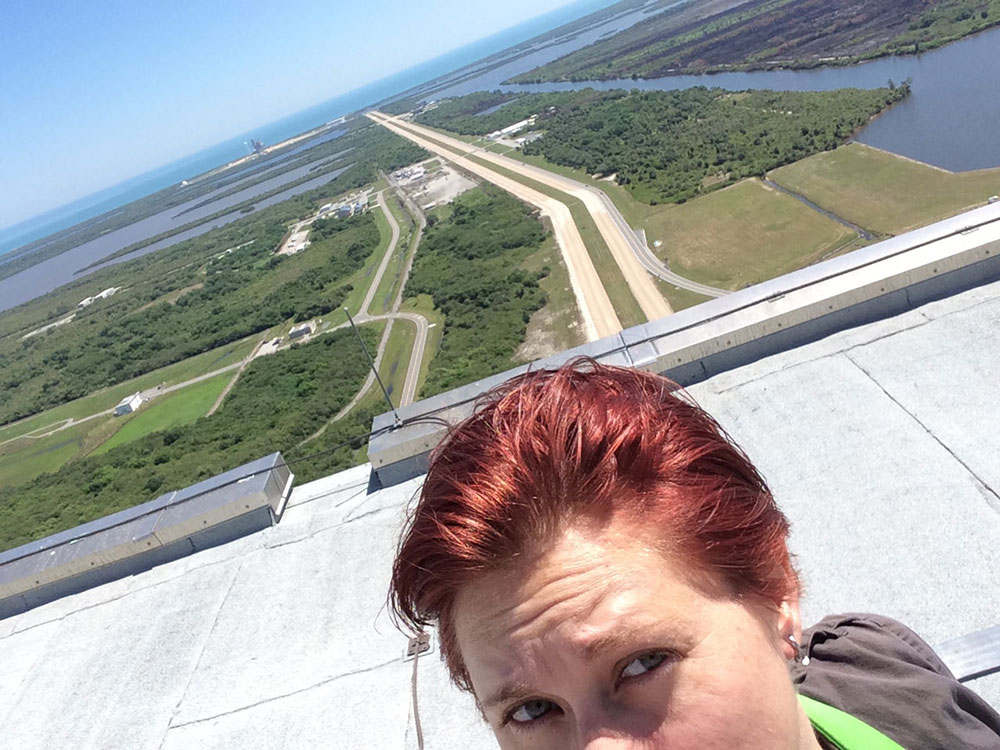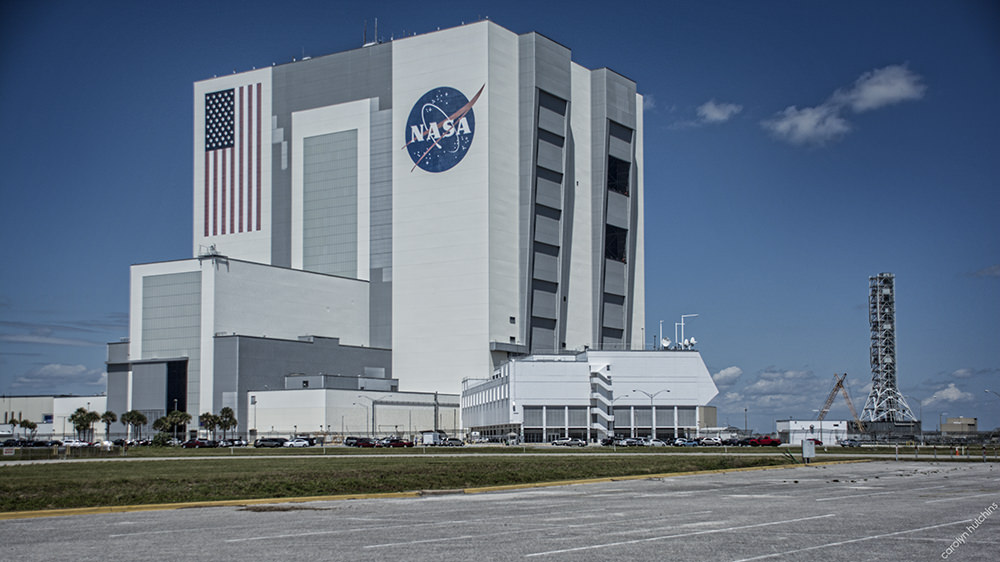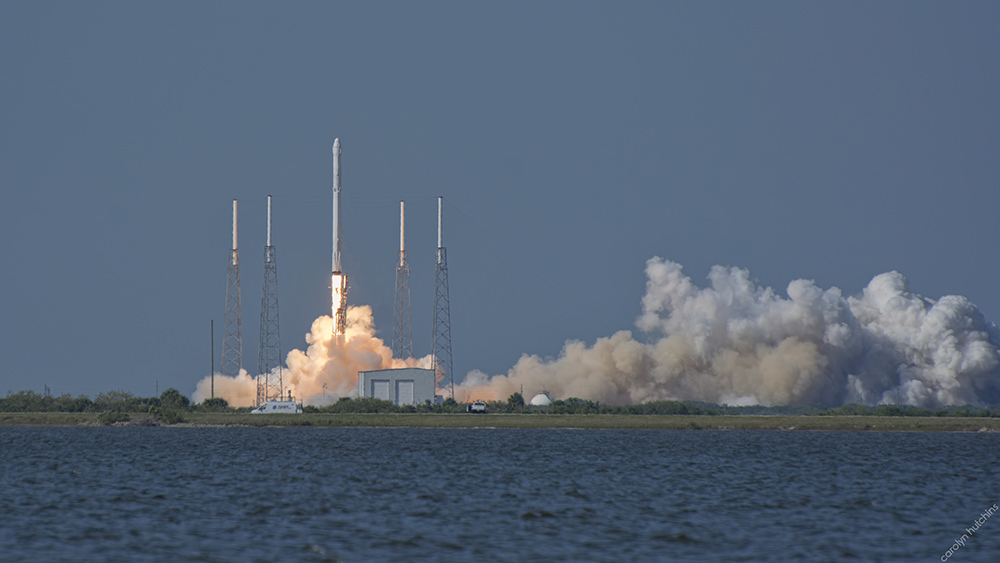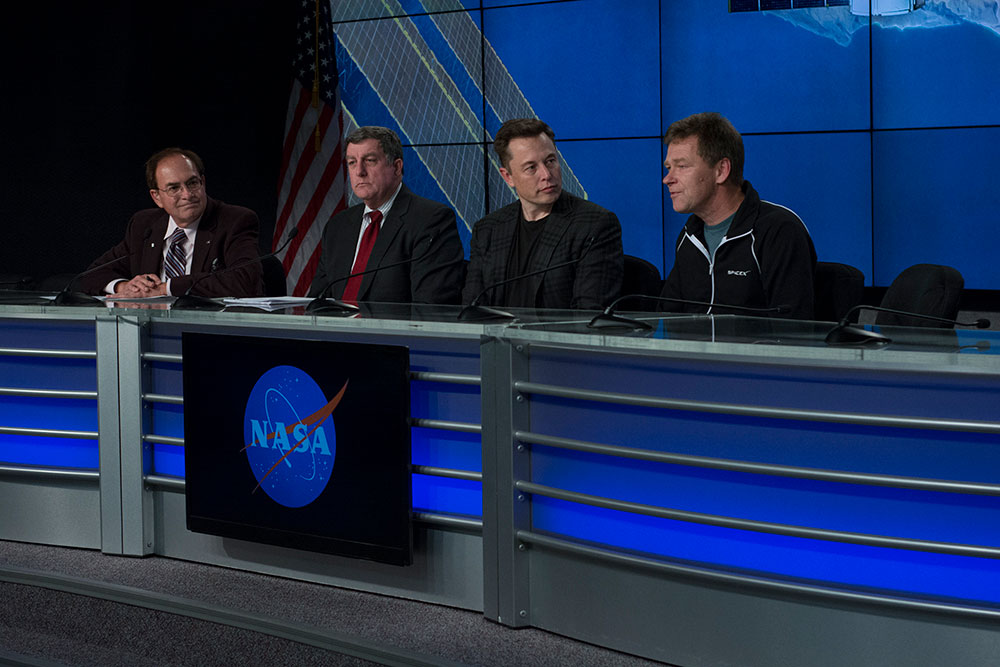As you may know if you follow me on social media, I recently had the opportunity to participate in a NASA Social event. It was f@#$ing awesome! It was an incredible experience! And hopefully, after reading my post, you will want to do this too, I’ll even let you know how. (Don’t lie, I know you wanted to be an astronaut as a child)
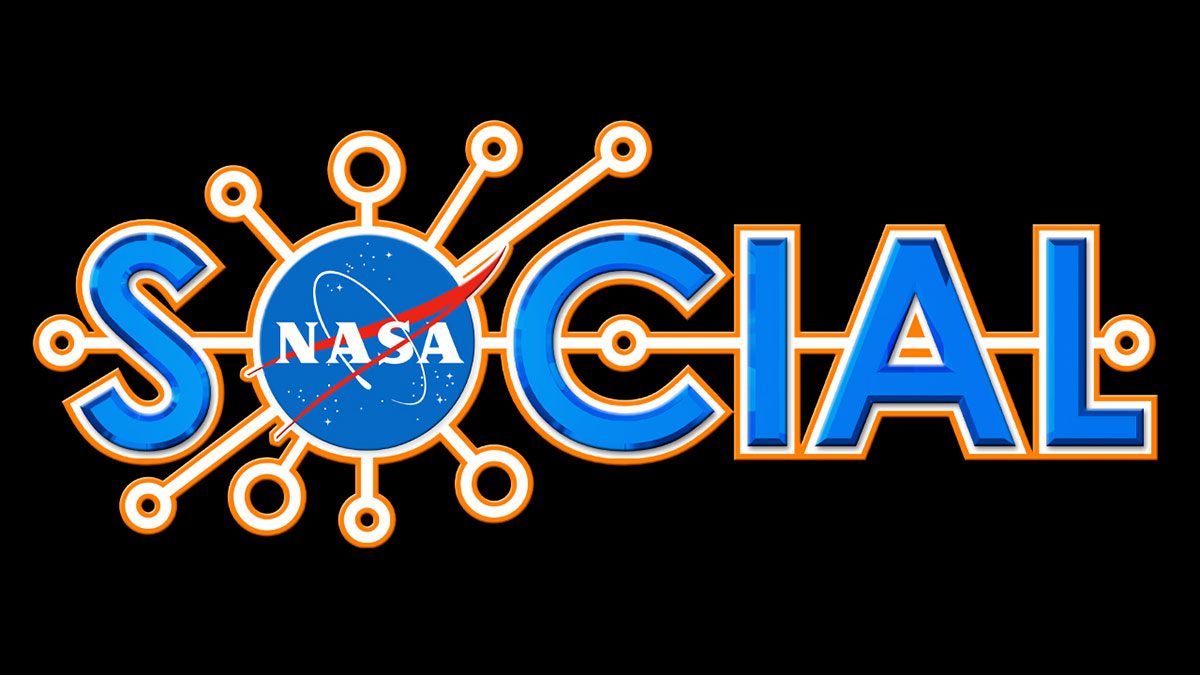
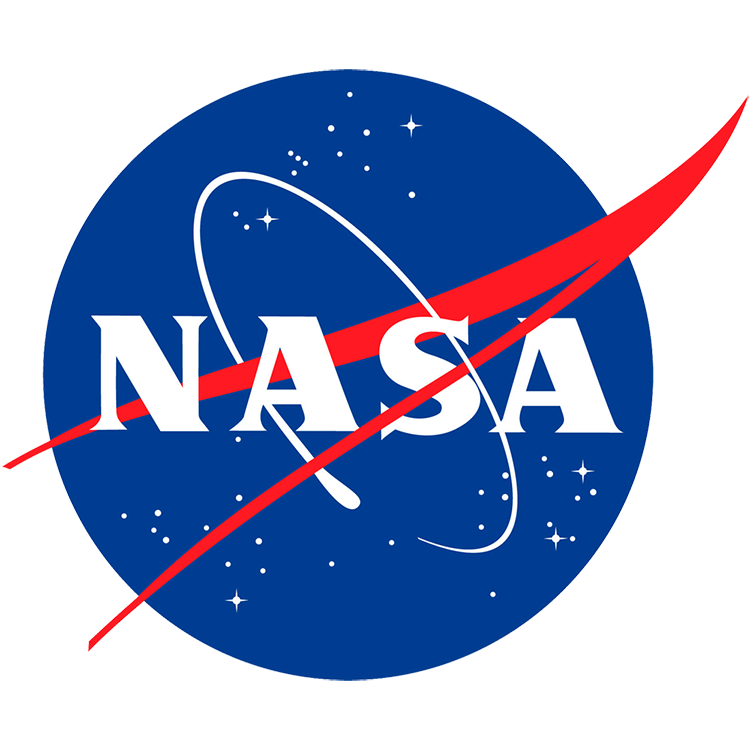

So what is this exactly?
NASA Social is just what it sounds like, a social media event where NASA invites a few people out to participate, learn, and share their enthusiasm for science. They hold these events at various locations throughout the country, free of charge as the goal of the event is to encourage active interest.
So what exactly did you do?
Upon confirmation of my approval to attend (more on this in a bit), I was given a wealth of information via email. Everything from the basic agenda, to lunch details, to directions, to safety tips, etc. As I was surprised to see two full days of tours and events on the agenda, I read this over several times just to make I got everything right.
I wasn’t sure what to expect; and to be honest, I thought “I know how all this marketing stuff works”, and didn’t really think it would be much more than a PR rep. showing us around the KSC Visitors Complex. But since my usual weekdays involve things like dealing with random animals, making sure no one attacks the copy machine, and explaining why employees are running around my office with no pants (you think I’m joking, don’t you?), I was interested to see something different.
Thursday, April 7th 2016
Day 1 began at 7:30 am. when we all met at the NASA Press Office to receive our credentials. Then we climbed on a bus and were whisked away to our first stop at the Neil Armstrong Operations & Checkout building. Here we got a chance to meet our guides and the other “NASA Socialites”. There was a very wide range of backgrounds in the attendees, we had teachers, doctors, software engineers, a meteorologist, bloggers of all types, and even a couple of photographers, who came from all over the U.S.
From there, we followed the footsteps of astronauts on through the building and out what they call the High Bay. It’s basically one giant clean room with a few smaller even cleaner rooms inside. In here we met Scott & Susan who showed us around and let us ask questions. The current work in progress is the Orion Spacecraft, which happens to be the future of human spaceflight. Random Fact – The Orion spacecraft’s 4 windows use 3 layers and are made to withstand temperatures of 3,000 degrees. The one we viewed is targeted for launch in late 2018, with an unmanned mission going out past the Moon then returning back to Earth. If all goes well then, we are on our way to Mars!
After a brief lunch, we settled into the the NASA News Center Annex building. Here we met several people from NASA, Lilly, Bigelow Aerospace, and so on; learning mostly about the cargo going up on this particular launch. These were not random tour guides or PR reps., but they were the actual scientists, engineers, and project managers working on what’s happening now on the International Space Station. It was incredible to meet these passionate individuals. Several of which are working on Project Veggie; since astronauts need to eat, it helps for them to be able to grow their own food. Whether it be in space or on Mars, this presents a whole new set of challenges. Random Fact – Food grown on the ISS still had to pass food safety inspections here on Earth before the astronauts were allowed to eat it. So far lettuce and zinnias have both been grown successfully on the ISS, with tomatoes a good possibility in the near future. Random Fact – The zinnias were chosen to see how well flowering plants would work in space, but it also had a very positive psychological effect on the astronauts.
SpaceX CRS-8 has a number of other experiments on their way to the ISS, including crystal growing, genetic, and various plant and life science based trials. Random Fact – Some of the payload for this launch, SpaceX CRS-8, is replacements for the loss of SpaceX CRS-7 in June 2015. But it’s largest payload item would be the Bigelow Expandable Activity Module (a.k.a. BEAM) created by Bigelow Aerospace. Once in orbit, BEAM will attach to the International Space Station, then be inflated, expanding out to become a habitat large enough to house an astronaut or two. Random Fact – Scientists really like the Falcon 9 Dragon because they can wait to load their cargo. This allows for significantly less chances to alter the results of time sensitive experiments. In fact, this rocket launched on April 8th, yet some of its payload was loaded as late as April 7th.
Next we got to tour Swamp Works research and development lab. This was super interesting and probably my favorite part of the day. And of course, I thought of all the best questions I should have asked while I was lying awake a 2:00 am. the following morning. I was asked not to take photos in much of this building. And although the temptation was great, I decided to err on the side being allowed to keep my camera and not get banned from NASA. But I can leave you with two bits of thought to wrap your head around; solid graphene wireless charging batteries, and space robots!
As my brain was now on overload, I’m glad we called it a day at this point!
If the first day was impressive, Day 2 was epic! It started (after very little sleep) back at the NASA Press Office at 7:00 am.
First off, in the NASA News Center Annex, we met Bob Cabana, current Kennedy Space Center Director and former astronaut, and Dava Newman, Deputy Administrator for NASA. As if that wasn’t inspiring enough, our next speaker was NASA astronaut & Space Station Commander Doug Wheelock. (seriously, a rock would still have been infected with enthusiasm in this room!) Random Quote – When asked if he believes in extraterrestrial life, KSC Director Bob Cabana (a.k.a. the guy who turned the lights on in the Space Station) replied “Absolutely, it’s an infinite universe damnit!”
Still not enough? Well it’s time for an excursion! We hopped on our bus, with Doug Wheelock unexpectedly sticking around as our tour guide (how cool is that?!), and traveled over to Cape Canaveral Air Force Station for a visit to SLC-40 where we got up close and personal with the SpaceX Falcon 9! And I mean really, really close. Random Fact(s) – SLC stands for Space Launch Complex & CRS stands for Commercial Resupply Services & SLS stands for Space Launch System. It was awe inspiring to look up and realize that pretty soon (possibly even next year) this same rocket could be sitting here with humans in it.
Soon our short time with the rocket was over and we were off to our next destination, the legend that is NASA’s Vehicle Assembly Building! I still can’t believe how much they actually let us explore in here! Rocket engineer Jeremy Parsons walked us from one end of the floor to another. He explained all sorts of rocket science details about how the VAB is being retrofitted to house the new SLS Vehicle. We also viewed employees working on new stackable launch platforms that will have the ability to be adjusted for multiple types of rockets. Random Fact – The new SLS Vehicle (that’s a fancy way of say big a$$ rocket) for the Orion Spacecraft will be roughly 10-15% larger and more powerful than the Saturn V. They then escorted us to an elevator where we traveled to the 16th floor and walked across a catwalk to cram into another smaller elevator that took us up to the roof! It was a beautiful clear day, and the view was spectacular! Random Fact – At 525 ft. the roof of the VAB is still almost 200 ft. higher than the highest natural point in the state of Florida. (I waved to my Mom in WV) I tried to convince them to allow me back sometime for the sole purpose of photography on the roof, but they seemed less excited about that idea than I was.
Back down on the ground, we left the VAB in our dust to go check out the Crawler! Famous for ferrying the Space Shuttles from the VAB to their launch sites, NASA’s Crawler is also being retrofitted to carry the new SLS Vehicle. Random Fact – Despite the wild rumors of 2 mph, in actuality the Crawler moves along at a speed of about 0.5-0.7 mph, possibly reaching a blistering top speed of 1 mph when crawling unloaded. This is definitely an impressive contraption! Random Fact – The Crawler has 2 drivers, plus a crew of about 25-30 people who walk along outside while escorting the rocket to its destination. (can you say tailgate?)
Now that we all felt super tiny, it was time for one quick photo op before driving out to watch the main event!
Upon arrival we set up our blankets, tripods, cameras, even a telescope, in the grass looking out over the Banana River at Space Launch Complex 40. We watched dolphins and pelicans carrying on and listened to launch control on loudspeakers whilst sitting under a clear blue sky, and enjoying a perfect example of why we call Florida “The Sunshine State”!
And at 4:43 pm. we witnessed a spectacularly flawless launch of the SpaceX Falcon 9 CRS-8!
As things started winding down (because we weren’t done yet!) we departed the launch viewing site and headed back to the News Center Annex. I was given the option to attend the post launch briefing, and of course I opted in for that! I got to be a fly on the wall listening to Elon Musk (CEO SpaceX), Hans Koenigsmann (VP for Flight Reliability, SpaceX), Kirk Shireman (Manager, ISS Program), & George Diller (NASA Communications) answer questions about the rocket, BEAM, the future of SpaceX with NASA, and the first successful Falcon 9 rocket landing on the Drone Ship! Yes, it finally landed! Random Fact – The Falcon 9 gets its name from the Millennium Falcon (of Star Wars) and the 9 Merlin engines that are used to power the first stage of the rocket.
After all was said & done, this turned out to be a fantastic two day VIP experience! The folks at NASA (you guys are awesome) worked so hard to make this so much more than I ever thought it would be! I’m sure my friends are probably starting to get tired of hearing me talk about it by now, but I fully intend to apply for future NASA social events, and you should too! There is no reason not to! All you have to is apply, and you can do that right here.
What? You’re still here? Well, if you want more info, here are a few links to various media posted by other “NASA Socialites” about this event!
Videos
- Astronomy Live YouTube
- Weekly Me by Mavis Slade
- Attractions Magazine YouTube
- NASA YouTube
- SpaceX YouTube
Blogs & Photos
- My NASA Social Flickr Album
- SpaceX Flickr
- SpaceX Webcast
- NASA SpaceX Blog
- AccuWeather Astronomy Blog
- Andrew Connell Blog
If you still have questions, feel free to hit me up on social media and ask. Who knows, maybe I’ll meet you at the next NASA Social?!

